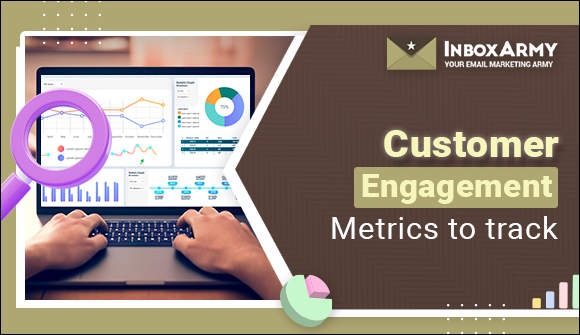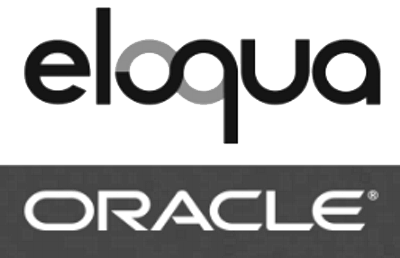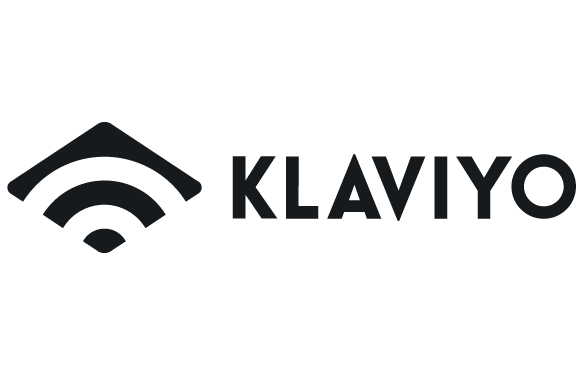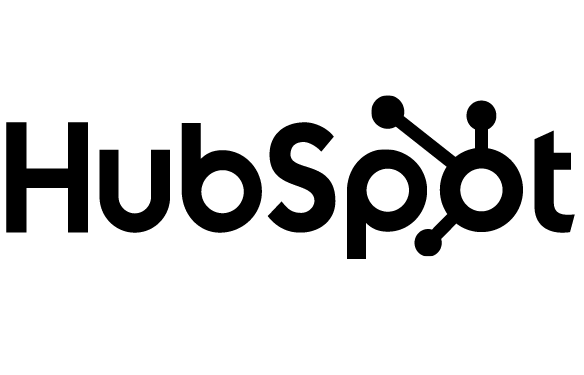The success of your business depends on the connection between your customers and your brand. The deeper the connection, the more your customers will buy from you and talk about your brand. But how do you measure this connection? Welcome to customer engagement metrics.
Customer engagement metrics are used to quantify the connections you’re building with your customers. Understanding how to measure and boost customer engagement gives you the ability to build and improve upon your business.
In this article, we’ll dive into customer engagement metrics and how they can be used to build stronger relationships with your customers. Let’s start with the basics.
What Exactly is Customer Engagement?
Imagine walking into a local café where the barista greets you with a warm smile, remembers your usual order, and maybe even asks how your day has been. That’s customer engagement in action.
From the first encounter to long after purchase, customer engagement is an ongoing conversation (like a never-ending story). Whether through social media, email, or website, each touchpoint deepens the bond between the brand and the customer.
Engaged customers perceive value, feel cared for, and become loyal advocates. This translates to repeat purchases and positive word-of-mouth—key elements in driving business success.
Take Amazon, for example. With personalized recommendations and seamless experiences, they keep customers coming back for more, fostering long-term loyalty. From being an online book retailer, Amazon has become one of the most valuable brands in the world—by prioritizing customer engagement.
8 Key Customer Engagement Metrics and KPIs to Measure
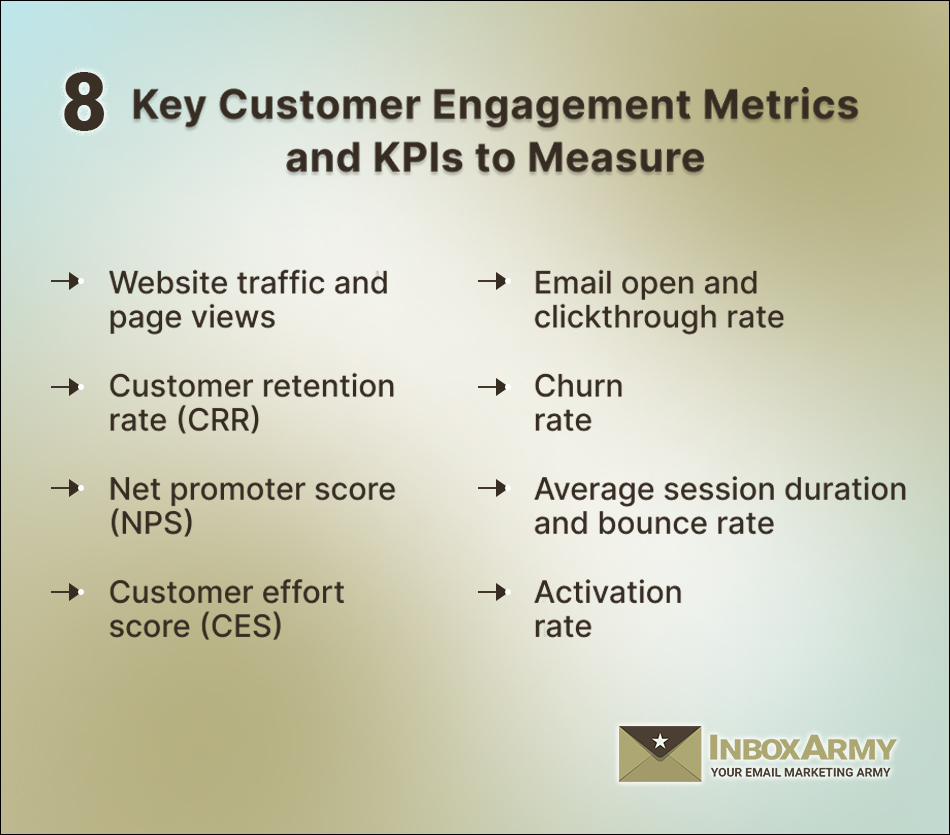
Now that you know what measuring customer engagement can do for your business, let’s explore the various KPIs you should have on your radar.
1. Website traffic and page views
Monitoring website traffic and page views is similar to observing foot traffic and window shopping in a brick-and-mortar store. These metrics illuminate how many individuals visit your site and which pages they gravitate toward.
Leveraging tools like Google Analytics, Adobe Analytics, and SEMrush empowers you to unearth –
- Popular content
- User behavior trends
- Areas for your website optimization
Here’s what a typical web traffic metric from SEMRush would look like.
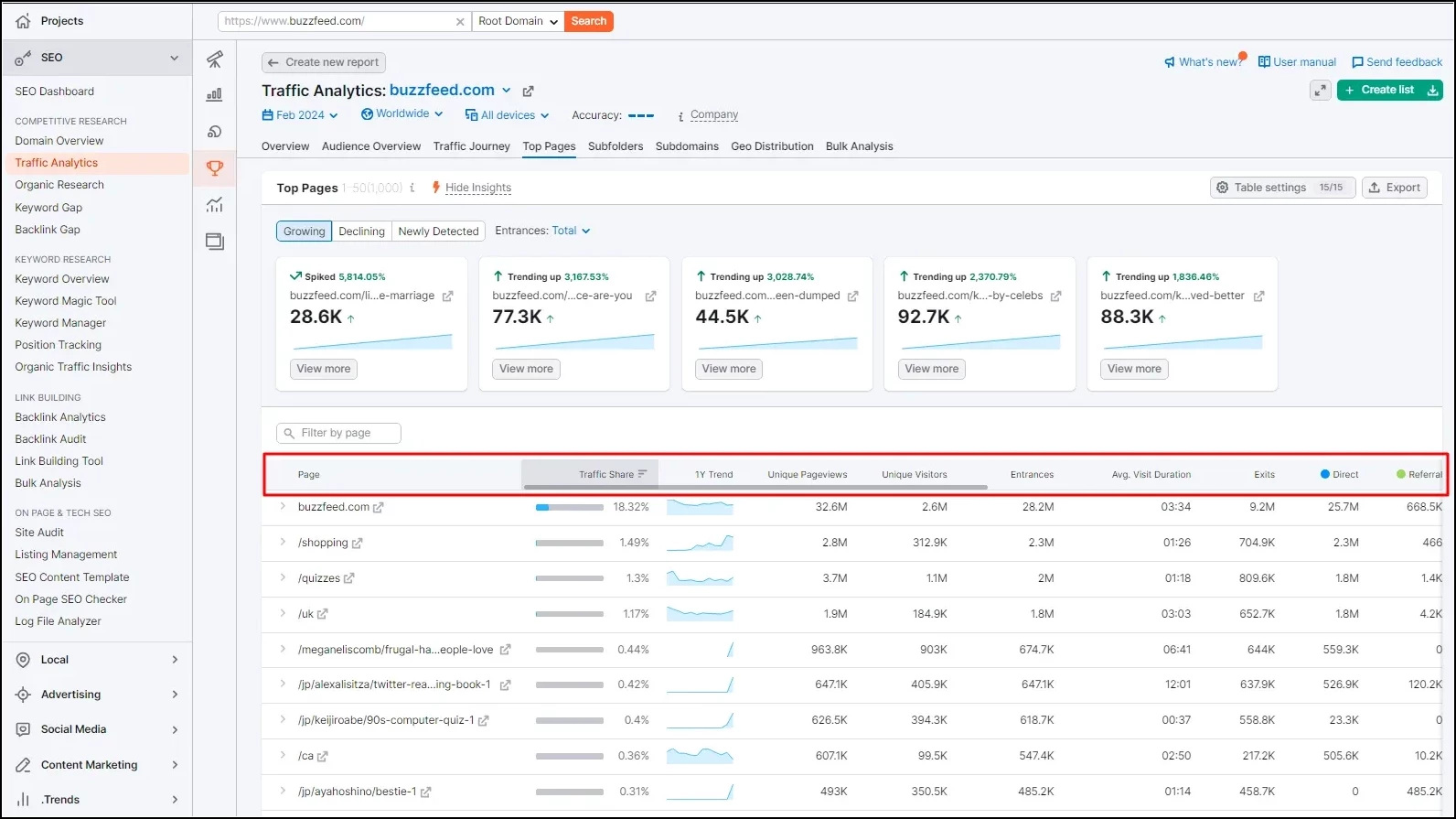
2. Email open and clickthrough rate
What a surprise… the email guy wants to bring up email. But hey, my bias notwithstanding, email marketing is a spectacular way to nurture relationships with your customers.
Customer engagement metrics like email open and clickthrough rates help you gauge the effectiveness of your email campaigns in captivating your audience’s attention.
The good news is that calculating these metrics is pretty simple. Divide the total number of unique opens with the total number of emails delivered and multiply it by 100 — that’s your open rate. It looks like this –
Email open rate = (Total unique opens / Total delivered) x 100
For clickthrough rate, divide the total clicks made by recipients by the total number of emails open and multiply it by 100.
Clickthrough rate = (Total unique clicks / Total opens) x 100
And if you use email marketing software (which I’m guessing you do), you don’t have to calculate it manually. You can generate reports on these platforms and choose the metrics that matter for your campaign goals.
You can then send out targeted emails and improve your engagement rate.
3. Customer retention rate (CRR)
Customer retention refers to the brands’ ability to retain customers and gain their loyalty over time. This metric gives a good insight into how engaged customers are with your brands so they don’t switch to competitors.
But how do you measure it? Here’s your formula:
CRR = [(E – N) / S] x 100
Here,
E = the total number of customers at the end of the period.
N = the number of new customers acquired during the same period.
S = the number of customers at the start of the period.
4. Churn rate
The churn rate, aka the customer attrition rate, signifies the percentage of a company’s total customer base that ceases their engagement with the brand within a defined timeframe. When juxtaposed with other critical customer engagement metrics, the churn rate emerges as a potent tool for gauging a brand’s strengths and areas requiring improvement.
Here’s how you can calculate it:
Churn rate = (Customers lost during a Specific Period / Total customers at the beginning of the period) * 100
Where,
- “Customers lost during a specific period” refers to the number of customers who disengaged from your brand, canceled their subscriptions, or ceased doing business with your company within the chosen time frame.
- “Total customers at the beginning of the period” denotes the total number of customers (new and existing) your business had at the start of the designated period.
The frequency of monitoring churn rate varies depending on business dynamics, ranging from annual, quarterly, and monthly to even daily assessments for fast-paced companies.
Aspiring for a loyal customer base and a zero churn rate is universal. However, the ebb and flow of customer departures remain an inevitable aspect of business operations. Then, how do you dissect the reasons behind customer departure and mitigate it?
By gaining insights into customer churn. This helps you devise targeted customer engagement strategies to minimize it.
5. Net promoter score (NPS)
NPS is another customer engagement metric pivotal for gauging customer loyalty. It’s simple: You ask your customers how likely they are to recommend your product or service to others on a scale of 0 to 10.
If the score is between 0 and 6 (detractors), well, they’re not too thrilled, to say the least. On the other end, you’ve got the promoters, the enthusiastic advocates, scoring a solid 9 or 10. And then there are the passives or neutrals, hanging out in the middle with a 7 or 8, not too hot or cold.
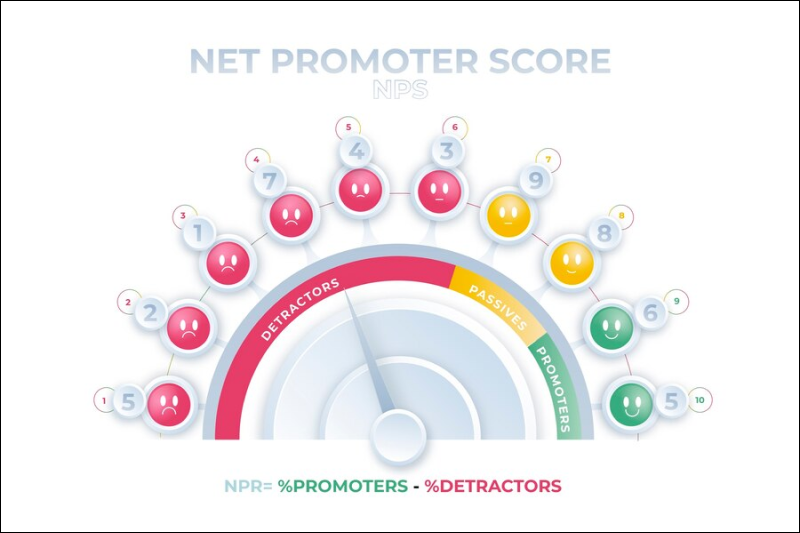
You can conduct surveys through email, embedded forms, or direct interactions. Leveraging platforms such as QuestionPro CX, AskNicely, or Typeform streamlines the process, ensuring accurate measurement of customer sentiments over time.
Here’s an example of how you can conduct an email survey for NPS:
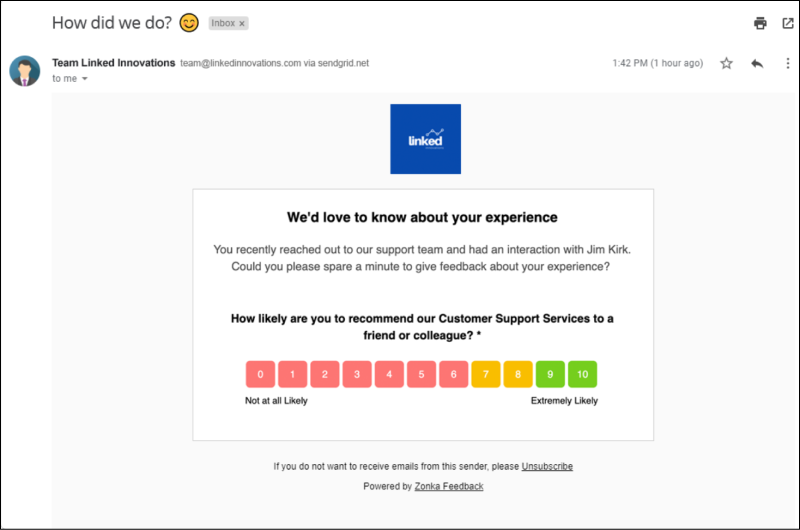
NPS offers benchmarking opportunities, but its simplicity may overlook nuanced feedback, necessitating supplementary qualitative data for comprehensive insights. Don’t be afraid to follow-up with your detractors and your promoters to get more specific insights into what you are doing well and what you need to improve upon.
6. Average session duration and bounce rate
While tracking website traffic and page views gives you a good starting point, it’s important to dig deeper and analyze metrics like average session duration and bounce rate. These metrics show how your users interact with your website and tell you what’s working like a charm and what might need a little sprucing up.
When you dive into these analytics, you see if your content is hitting the mark and your website is easy to use. You can then make tweaks and changes to ensure your users have the best experience possible.
Tools like Google Analytics, Adobe Analytics, and Hotjar can help you track the average session duration and bounce rate of your website or page.
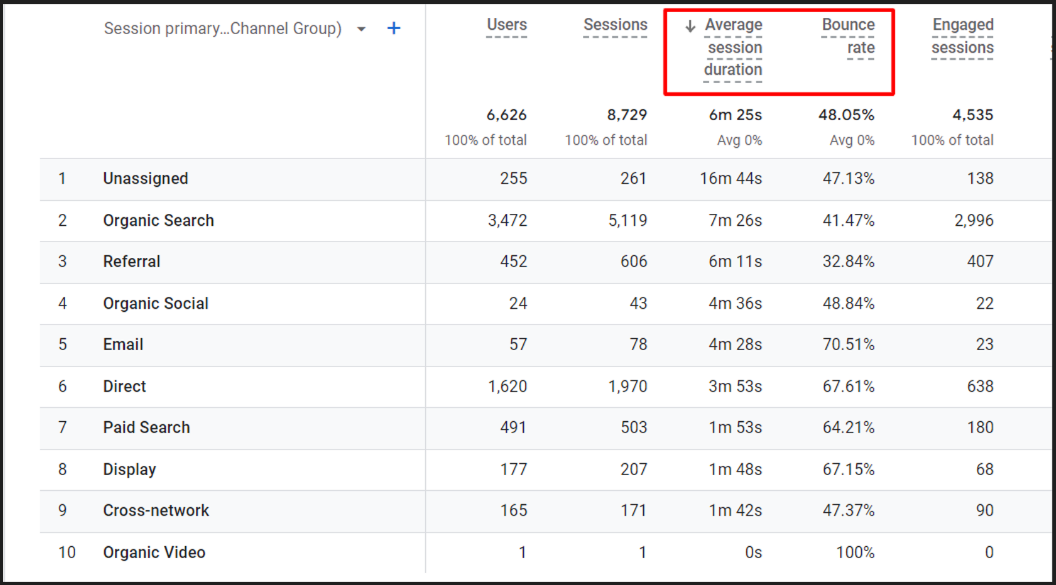
7. Customer effort score (CES)
Think of CES as your brand’s way of measuring how easy it is for customers to accomplish their goals when interacting with your company. By keeping an eye on CES, you can identify areas of friction in the customer experience and prioritize improvements to streamline processes and enhance satisfaction.
On a scale of 1-5, customers are asked to rate the level of effort required to complete a specific task or resolve an issue. And with that insight, you can make adjustments to ensure every interaction is a breeze for your customers.
8. Activation rate
The activation rate gives you information about the users experiencing value when interacting with your product or service. It’s the moment users go “aha!” when they first experience its benefits.
Just as the first bite can determine your appetite for the meal, the activation rate sets the stage for ongoing engagement and satisfaction by offering four crucial insights:
- Keeps tabs on how effortlessly users engage with your product or service
- Grasps how users perceive the value of what you’re offering
- Identifies any obstacles hindering users from fully embracing your product or service
- Refines your onboarding process to ensure users stick around for the long haul
Measuring it is as straightforward as plugging numbers into this formula:
Activation rate = (Number of activated users / Total users who signed up) x 100
Benefits of Measuring Customer Engagement Metrics
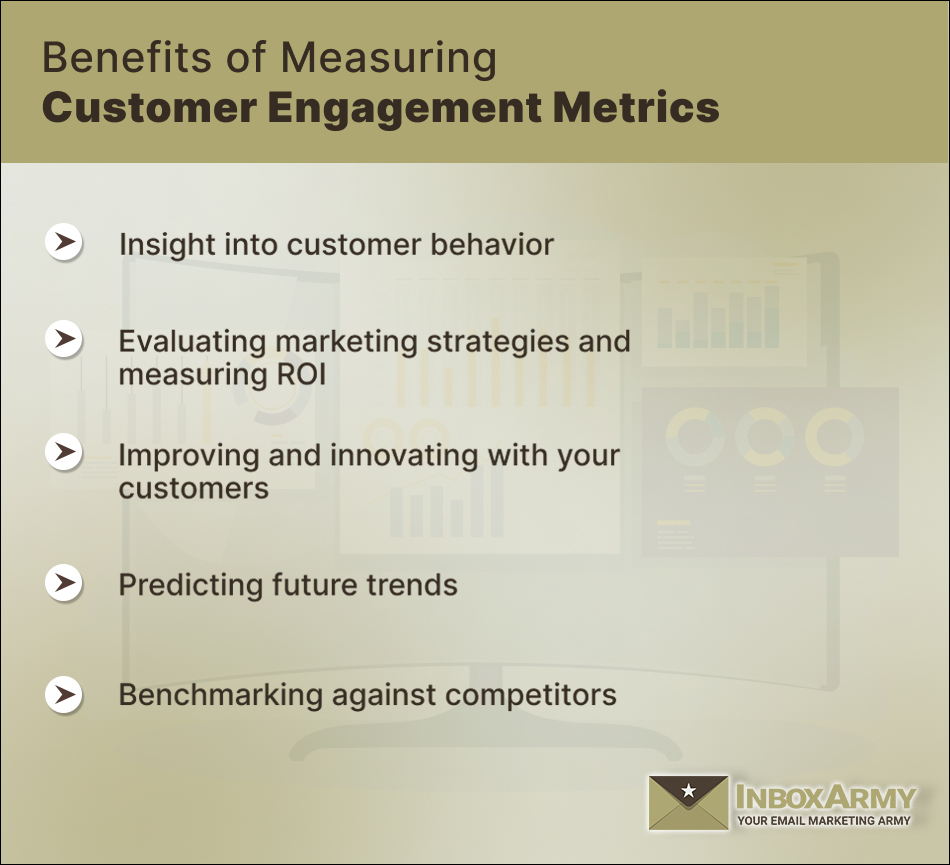
Understanding how customers interact with your business is crucial for building strong relationships and driving success. Here’s why keeping track of customer engagement is vital and how you can ace it.
Insight into customer behavior
Customer engagement metrics dish out invaluable insights into how customers engage with your brand across various touchpoints. You can dig deeper into your audience’s psyche and customize your strategies by keeping tabs on metrics like website traffic, social media interactions, and email engagement.
While website heatmaps reveal the hottest spots where visitors linger the longest, social media analytics uncover which posts or content resonate the most with your audience. What does it mean for your business? You can tailor your website and social media content based on these insights to keep your audience engaged and coming back for more.
Evaluating marketing strategies and measuring ROI
Measuring customer engagement allows you to size up the efficacy of your marketing efforts and fine-tune your tactics accordingly. You can discern which activities hit the mark and which need a little tweaking by tracking metrics like clicks, conversions, and campaign performance.
Let’s say, you send out an email with two different subject lines. You can assess which subject line is more effective based on the open rate. You’ll want to assess even further “downstream” and look at clickthrough rates and conversions as well.
Now, take that channel-specific view to a higher level. Visualize mapping the success of an email campaign alongside social media ads and maybe even some influencer partnerships? How do you know which marketing tactic is getting results?
By correlating engagement metrics with revenue and sales data, you can calculate the return on investment (ROI) of different marketing channels and initiatives. It gives a clear understanding of which strategies are hitting the mark in terms of engaging customers and bringing in revenue. You can then focus your efforts and resources on the channels delivering the best results to get the most bang for your buck.
Improving and innovating with your customers
Your business is like a finely tuned engine—constantly humming along yet occasionally requiring adjustments. You must regularly parse through customer engagement data to zero in on areas ready for optimization to ensure peak performance.
Customer engagement metrics help gain quantitative insights into customer preferences, pain points, and friction spots from –
- Website heatmaps
- Session recordings
- User surveys
After all, who better to spark innovative ideas than your customers themselves? By involving them in the brainstorming process and attentively heeding their needs, preferences, and challenges, you can deliver products and services that truly strike a chord.
Predicting future trends
Two words: Predictive Analytics.
With predictive analytics, you can anticipate upcoming shifts in customer engagement by diving into historical data. By leveraging machine learning algorithms to sift through patterns and correlations between engagement metrics and business outcomes, you can stay ahead of the curve and proactively tackle potential hiccups.
One such use case is detecting signals of impending customer churn, such as a decrease in website visits or interaction with your emails. This red flag is a signal for you to take action. That’s when you might want to roll out personalized offers or reach out with friendly messages to win back those drifting customers and keep them happily engaged with your brand.
Benchmarking against competitors
Keeping tabs on your competitors’ moves allows you to compare how well your customer engagement measures up. This lets you see where you’re doing great and where you might need to step up your game.
For instance, you can look at their social media engagement metrics. You can analyze their likes, comments, and shares to refine your social media strategy. Perhaps they’ve struck a chord with their audience in ways you haven’t.
Watch what your peers are doing. Determine what is resonating with their audience (with likely overlap in your audience). Harness those insights to elevate your brand.
Always be learning.
Tracking Customer Engagement Metrics for Your Brand
It starts with a question:
How can I create genuine interactions and foster ongoing engagement with my customers to boost loyalty and drive growth?
In today’s cut-throat market, delivering an exceptional customer experience is essential. Neglecting this means you’re 54% more likely to lose your customers to your competitors. No one wants that.
It’s time to prioritize understanding your customers on a deeper level–and gathering the customer engagement metrics necessary to power that level of understanding. By diving deep into how and why customers engage with your website and brand, you unlock invaluable insights that pave the way for refining and elevating areas that need a boost.
Start with these eight key metrics. With diligent monitoring of these metrics, you bid farewell to the guesswork of the effectiveness of your marketing pursuits and fine-tune your website and campaigns.
With this data-driven approach, you can confidently funnel your marketing budget into initiatives with a proven track record of:
- Sparking engagement with your customers
- Nurturing enduring relationships with them
- Building sustainable business growth
Are you ready? If you need help then get in touch with our agency – InboxArmy.





